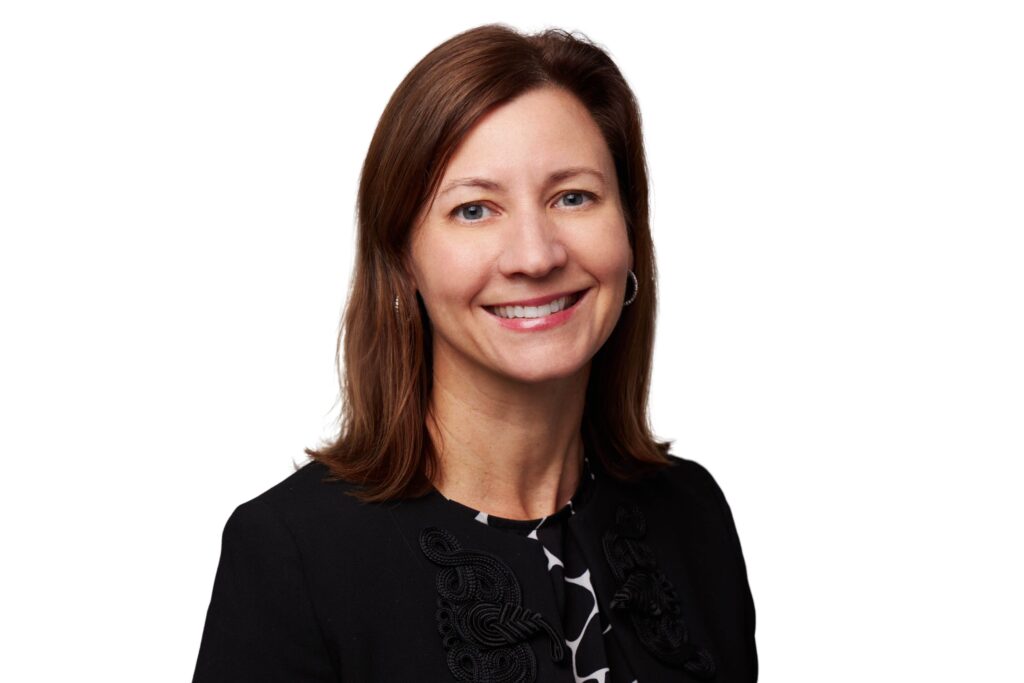
Sea surface temperatures in May are already at levels usual for August
Early forecasts suggest a busy year but more hurricanes does not necessarily mean higher losses, analysts say.
Multiple early hurricane forecasts for 2024 have predicted higher-than-average activity this year.
In April the Colorado State University (CSU) forecasting team said it expects an “extremely active” Atlantic hurricane season this year, with 23 named storms, of which 11 will become hurricanes and five will reach major status.
Tropical Storm Risk (TSR) made a similar early forecast, in which it said to expect 70% more storm activity than the 1991 to 2020 30-year norm.
CSU predicts 2024 will be one of the most active recent storm seasons

The forecasts should come as no surprise, as the conditions are right for high levels of hurricane activity.
Sea surface temperatures are perhaps the biggest component driving aggressive early seasonal hurricane forecasts, Josh Darr, global head of peril advisory at broker Guy Carpenter, says. By early May this year, they were running at the same levels normally seen in August, which is the start of peak hurricane season.
The day he spoke to Insurance Day marked the end of a 418-day streak of record Atlantic Sea surface temperatures.
The other big driver is the El Niño-Southern Oscillation (Enso) cycle. An El Niño period is when the tropical Pacific experiences warmer water temperatures than normal, while La Niña is a period of cooling.
La Niña conditions tend to create less wind shear, which allows thunderstorms to develop vertically more rapidly and spin with more strength. This helps convert warm sea surface temperatures into thunderstorms, which can then become tropical depressions and potentially hurricanes.
There is evidence La Niña increases insured losses. CSU recently published research suggesting during an El Niño period, the probability of a $10bn US hurricane loss is 10%; during La Niña that is closer to 60%.
The effect of La Niña is also tilted more towards Florida and the US East Coast, Darr says, whereas the Gulf Coast is largely unaffected by the Enso cycle.
“There’s well-known connections to Enso and La Niña in terms of the havoc it can wreak on the world insurance industry and nations around the world,” Andrew Siffert, senior meteorologist at broker BMS Re, says.
However, whether this translates to an increased number of landfalls – and whether these landfalls then turn into insured losses – is a more difficult question to answer.
More storms but not more losses

Last year was a perfect example of how increased activity does not necessarily translate to losses: 2023 was the fourth-most active season for storm count with 20 named storms and seven hurricanes, of which three were major. But there was only one landfall, by Hurricane Idalia, which landed in a largely unpopulated area.
“We just got extremely lucky about where the track was,” Elizabeth Harris, vice-president for modelling and research at Lloyd’s re/insurer Ariel Re, says. “You don’t have a significant industry loss until you have a major hurricane make landfall in one of about five metropolitan areas in the US.
If the storm had made landfall just 100 miles further east, it would have hit the heavily populated Tampa area, Darr points out.
Early hurricane projections have little “skill” – meaning their ability to forecast accurately is little better than using a historic average. They do improve slightly by June and are usually quite good by August, Harris says, “but by then it’s not a forecast really. It is a forecast for September and October but by then we already have the portfolio locked in place.”
This is echoed by Siffert. “There’s basically no skill in forecasting April named hurricane activity,” he says, even given the advancements in data and technology over the past 10 years.
“I always wonder what we do with this information anyway. Ultimately a lot of [reinsurance] treaties get placed in June; they’re already in the market. And is one forecast going to change the rating environment? Not necessarily”
–Andrew Siffert







